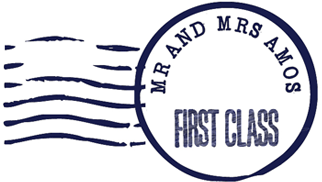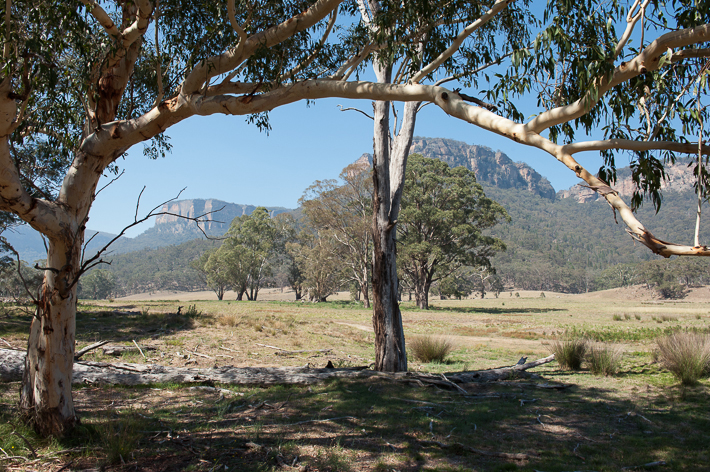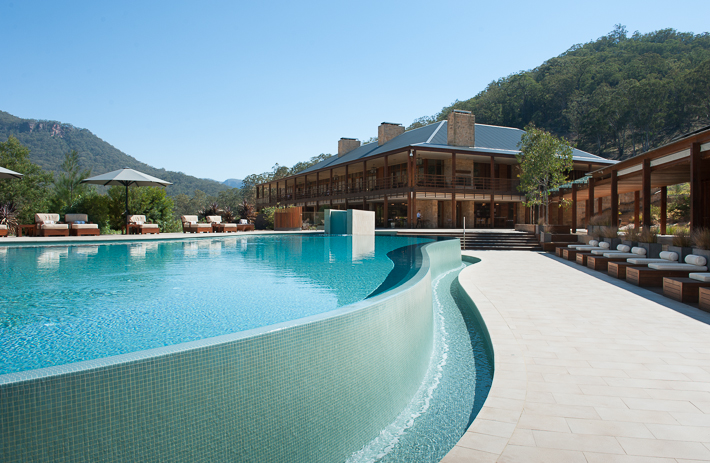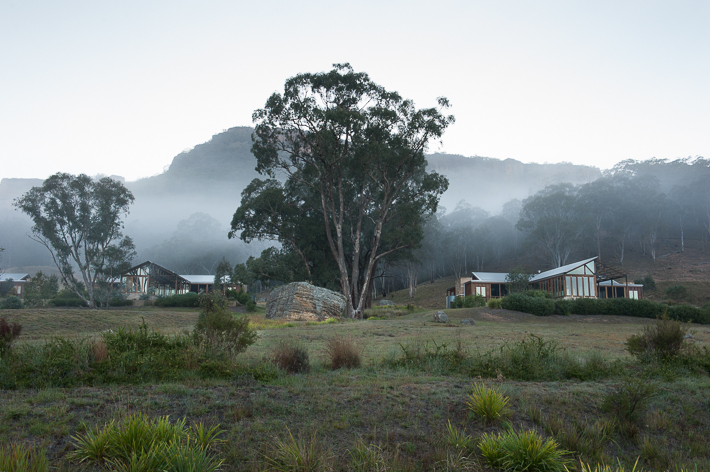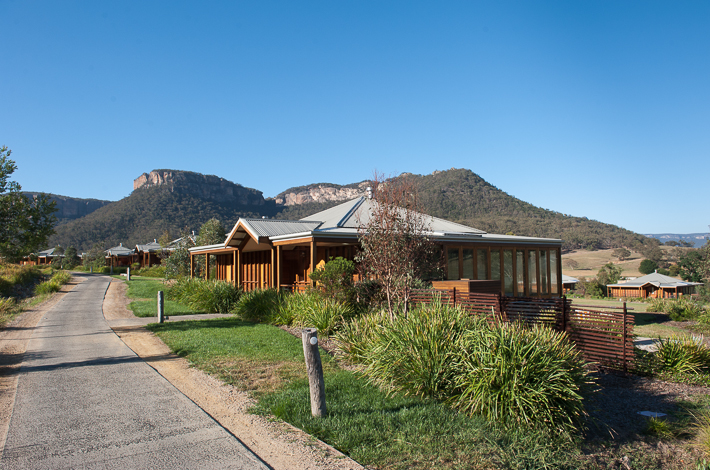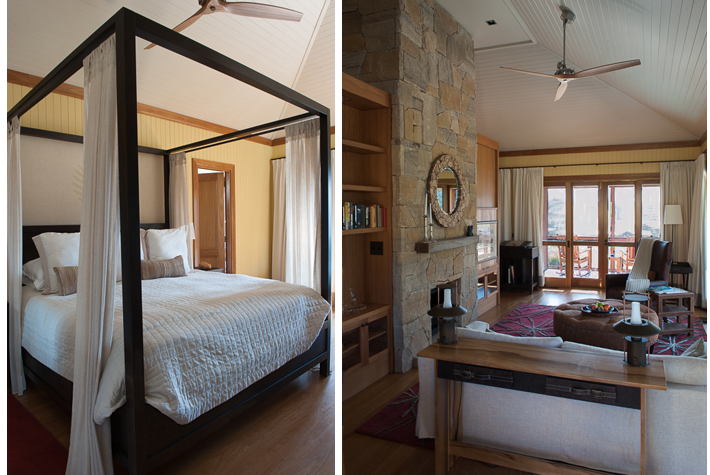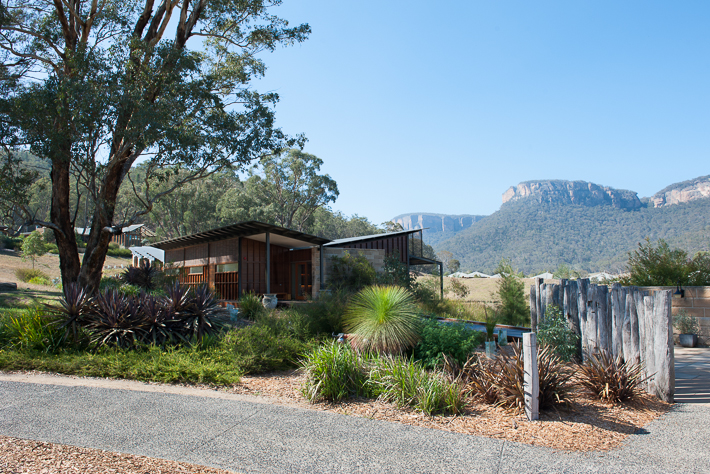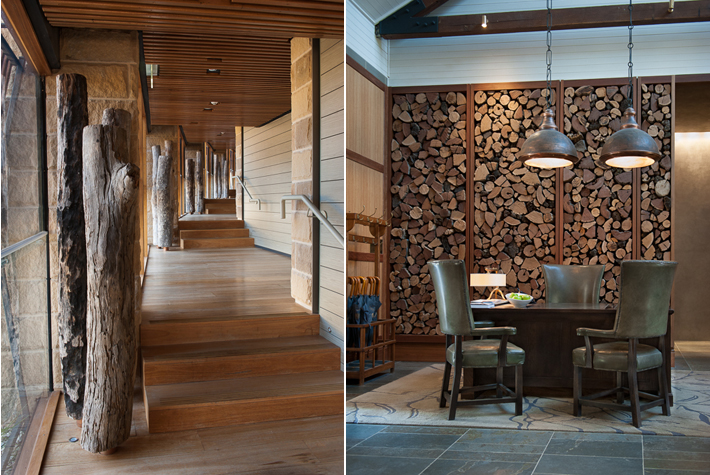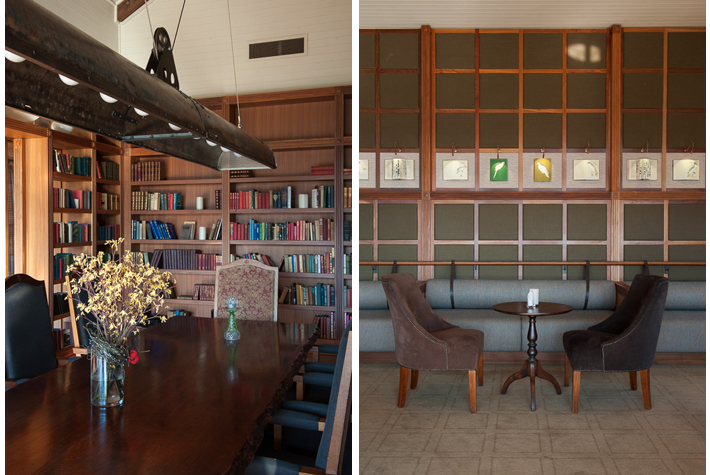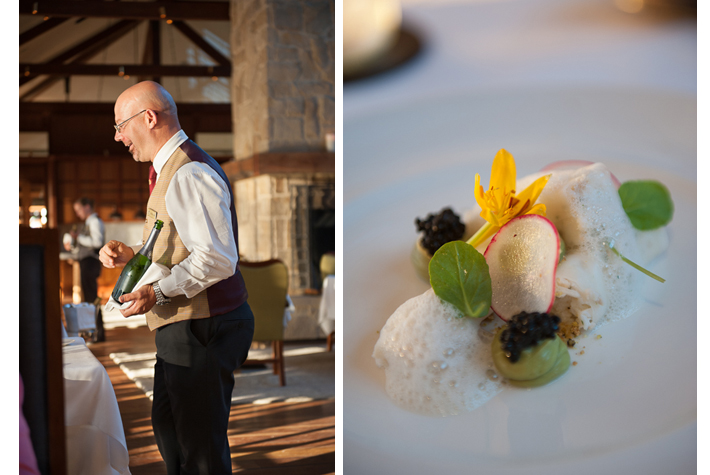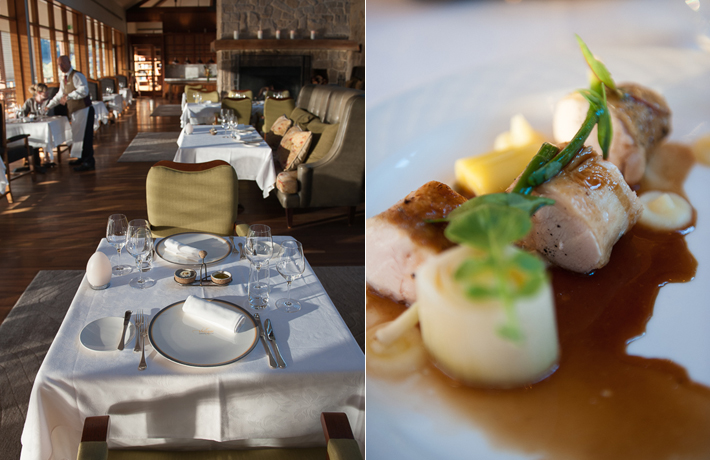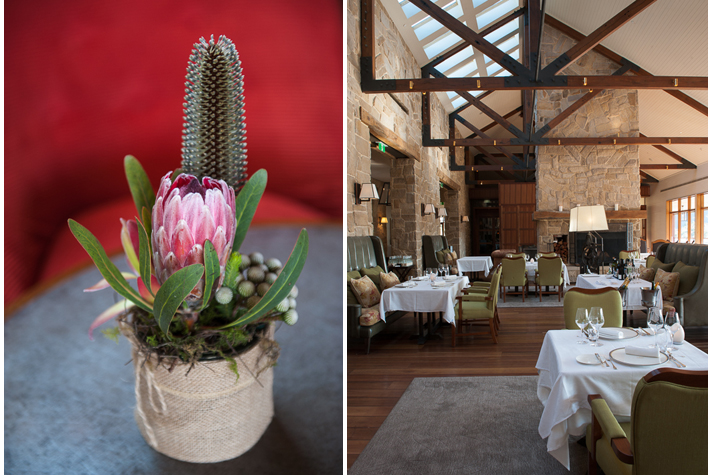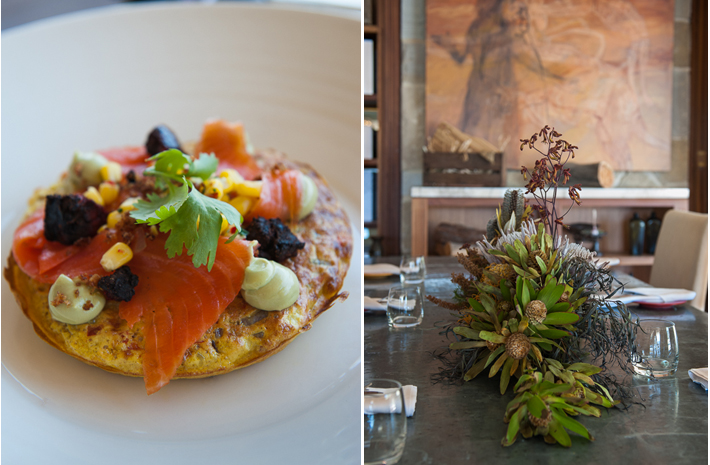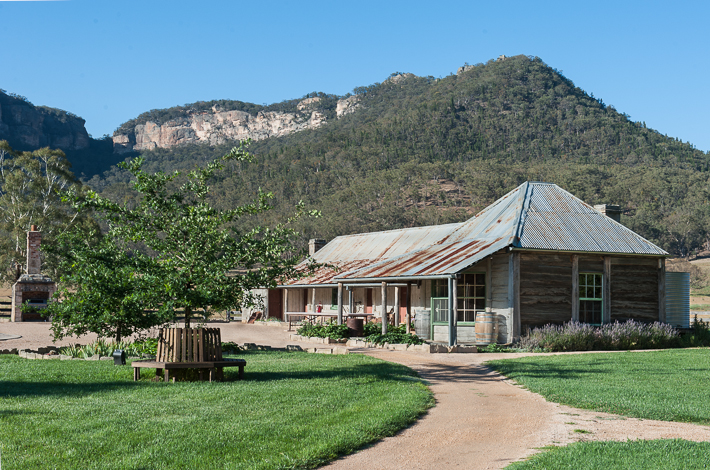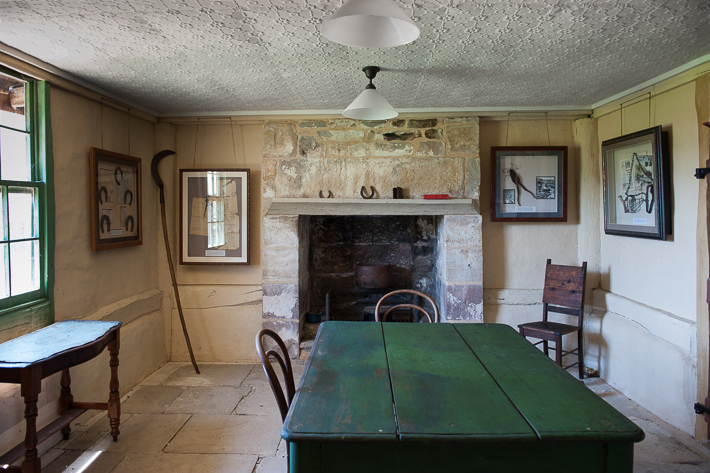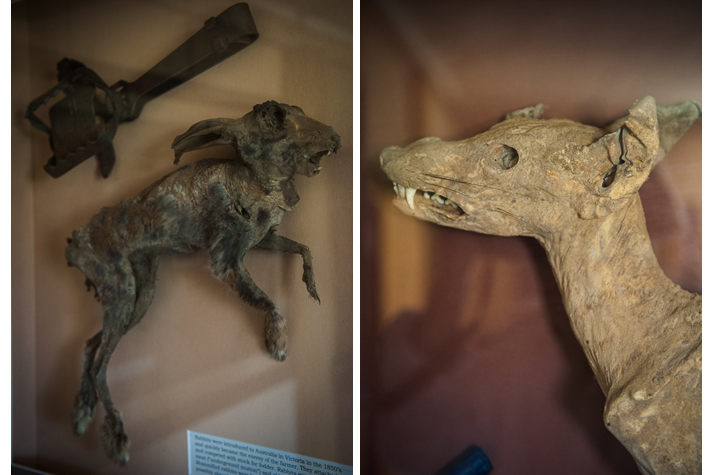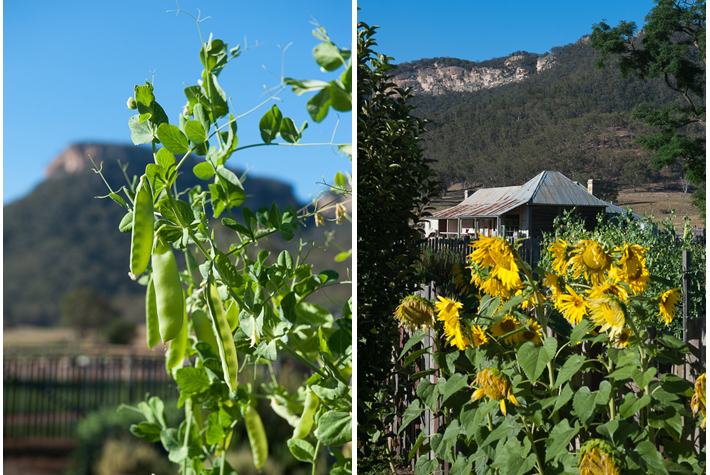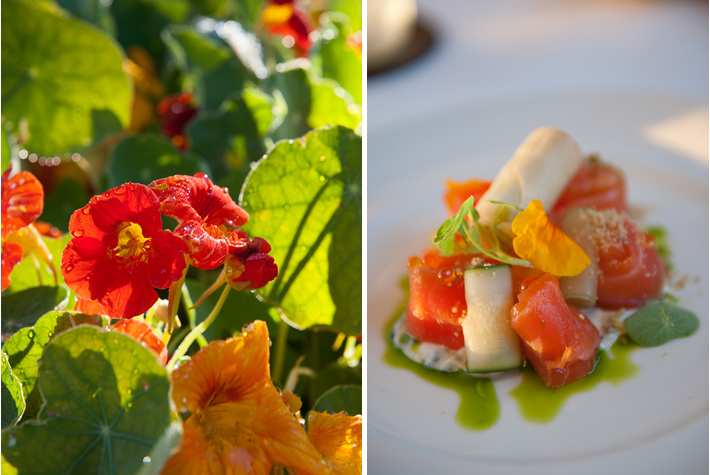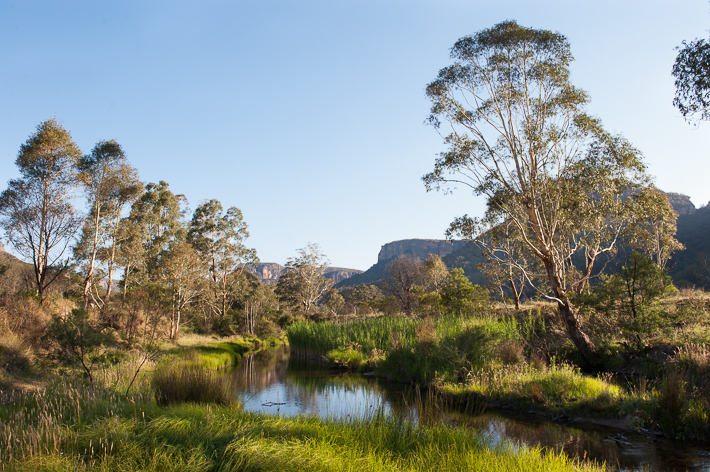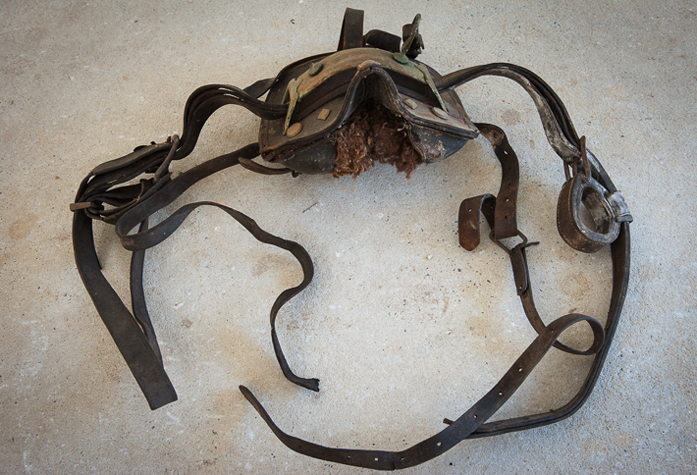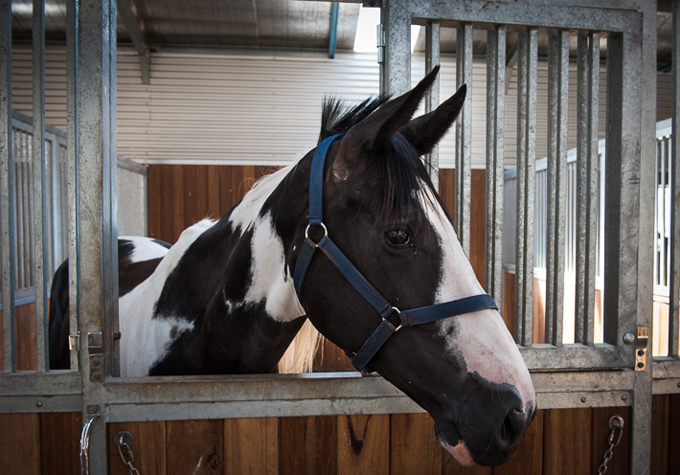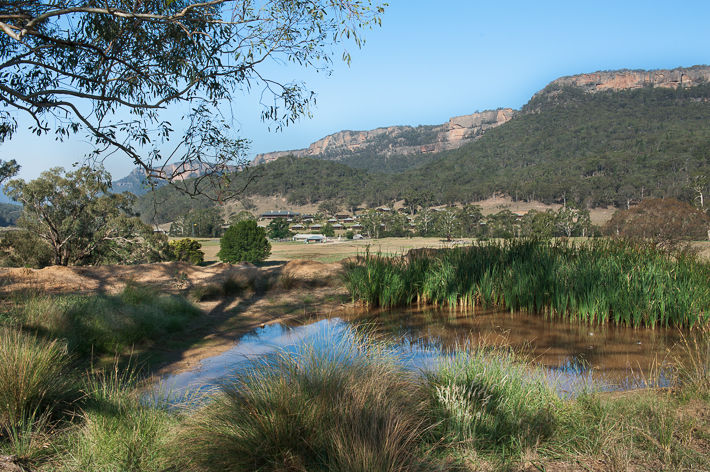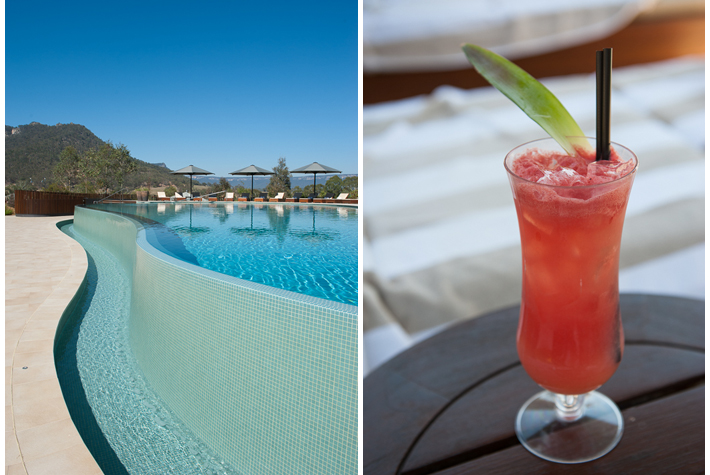How Green is My Valley?
A luxury bush retreat with superb eco cred.
You enter the Wolgan Valley
via winding roads overshadowed by steep sandstone cliffs that shed boulders like cake crumbs, occasionally making the journey hazardous.
Luckily, the cliffs behave themselves as we drive under them, around hair-pin bends and through fragrant forests, before we reach the lowlands, where the Emirates One & Only Wolgan Valley Resort and Spa is tucked in a canyon at the foot of several of these imposing, ochre-coloured mountains. The valley escaped the fires that ravaged the Blue Mountains region in January 2020.
The resort opened in 2009 to excellent reviews and has garnered many awards since then including the 2019 Virtuoso Best of the Best award for Sustainable Tourism Leadership , and yet I’ve often wondered what might entice holidaymakers to a luxury resort in the remote bush rather than, say, one of the sophisticated resorts at the beach. Wolgan Valley is certainly not inexpensive at around $6470 for two nights for two people, including meals and activities (the rate decreases dramatically if you stay longer than two nights) and it’s a three-hour drive (or a faster, spectacular helicopter ride) from Sydney airport.
But as soon as we exit the highway and pull into the valley, I get it. The resort occupies only two percent of a 4000-acre conservancy area, squeezed between the Wollemi National Park, where the 35,000 year-old Wollemi Pine was discovered in 1994, and the Gardens of Stone National Park.
Although the land was used for grazing when first settled by white man in the 1830s, there remains a primeval feel to it, with the ancient mountains looming above the resort and forests of huge eucalypts embracing it. Several aboriginal peoples have a strong, ongoing cultural association with the region, notably the Darug, and there are rock engravings, burial sites and ceremonial grounds within the national parks.
The land is possibly rich with resources such as coal, but the Emirates acquisition means that it will now be conserved for future generations. The resort itself, designed by Turner + Associates, has been created to blend in with the natural environment and it has an internationally accredited carbon neutral certification (CarboNZero) which gives it an impressively light footprint, achieved through rain harvesting, full recycling of water, solar panels for all hot water systems and other design features such as the use of traditional verandas for airflow.
Wherever possible natural and recycled material was sourced within a 100km radius (most of the building timber was found on the site) and interior design firm Chada employed local artisans, such as stained glass window makers and blacksmiths, to give the Federation-style buildings authenticity. The original homestead on the property has been restored and can be visited on daily tours. Food and wine is bought from boutique providores, growers and orcharders in the Blue Mountains region, as well the famous wineries of the Hunter Valley, Mudgee and Orange. The resort has a thriving kitchen garden that provides wonderfully fresh vegetables and herbs for the restaurants. We ate so many crunchy peas we almost turned green.
All this means that guests can enjoy their luxury without guilt. And Wolgan Valley Resort and Spa is exceptionally luxurious. Forty villas (including four larger suites for families) are arranged around a handsome new homestead, which contains reception, the main dining room, the Valley Bar and terrace, a walk-in wine cellar and cheese room, meeting and private dining rooms for small groups (you’re not going to run into a convention here), the casual Country Kitchen for lighter lunches, a boutique selling clothing, art and some of the resort’s products such as the $499 throw found in the rooms, and a large deck for dining and relaxing that takes in fabulous views of the sunset.
The resort has a magnificent outdoor swimming pool, which was difficult to drag ourselves away from in the dry heat of January (we struck days at 38 degrees Celsius). Luckily, there’s a pool boy on hand to bring beer and delicious mocktails (I recommend the Marshmallow, which is part watermelon juice) and it’s only a few steps to the County Kitchen, where lunch is served. There’s an indoor gym, steam room, sauna and plunge pool in an adjacent building and a Jacuzzi with views of the mountains if that appeals. A tennis court is on the property, as well as a stable of horses, available for riding at an additional fee.
The 83 sqm villas (‘heritage suites’) are very swish. The highlight is probably the indoor/outdoor pool in each villa, which is contained in a glasshouse with windows that open up, and heated to 28 degrees C so it’s still viable in the cooler months. The villas have separate dining room and bedroom with double-sided fireplace, huge walk-in wardrobe with every amenity, spacious bathroom with deep bath and a sky-lit shower, King sized four-poster bed, desk, dining table, two televisions, complimentary mini bar and a beautiful fly-screened veranda with rocking chairs in the traditional Australian style.
In the mornings, the valley is often heavy with fog, even in summer, and at nights the starry skies are often clear and dazzling, so it’s glorious to spend time on the veranda in the chair. (My only suggestion would be that the verandas could do with a sofa or daybed for dreaming the afternoons away.) Two mountain bikes are provided for each villa and there are bikes for all sizes of child.
In the mornings, the valley is often heavy with fog, even in summer, and at nights the starry skies are often clear and dazzling
A daily program of activities, including wildlife safaris, nocturnal tours to view the stars, and a conservation hour to learn about the resort’s conservation programs, are included in the room rate. I admit to being lazy so I didn’t go with Mr Amos when he went cycling to see the Wollemi Pine plantation. (Swatting flies was my major activity.) But, being a bibilophile, I was delighted to find in the private dining room a library stocked with hundreds of rare and unusual early 20th century books. There are curious old books stacked on the shelves in each villa as well, so if you forget your copy of The Goldfinch there’s plenty to occupy the mind.
But I did visit the Timeless Spa, which is one of the most beautiful spas I’ve seen, with an Aussie-Scandinavian feel utilising tree trunks found on the property and natural timbers and stone. The views of the bush from floor-to-ceiling windows in the lounge, where you’re served fruit and herbal teas, are gorgeous. (Think chic ski lodge.)
I tried the signature Mountain Aroma Massage, which uses a therapeutic blend of oils from plants unique to the valley applied warm. The massage was tailored to my needs and the therapist knew what she was doing, which sometimes is not the case in glamour spas, where you can pay high prices to be merely patted. (One of my big hates.) And the aroma was superb. I felt like a real bush baby when we’d finished.
We’re often asked by international visitors where they can go to see kangaroos in the wild. Look no further than this valley! Wallaroos and red-neck wallabies are indigenous and plentiful. The larger Eastern Grey kangaroos couldn’t get across the ranges, but some time in the 1960s they worked out they could hop down the highway, and they arrived en masse. Large numbers of wallabies and roos come out to graze on the property at dawn and dusk. They’re pretty shy, but the wombat who was happily chomping on the grass outside our villa one night wasn’t and kept mowing his way through the lawn even though we were standing a metre away. I’ve never seen a live wombat this close (sadly, I’ve mostly seen them as roadkill) and even for an Aussie it was a thrill.
Two more things – we really liked the food offerings. Although there is a degustation menu with matching wines available in the evenings for an additional cost, we thought the included menu of three courses (plus a cheese course) with included wines was consistently delicious. We don’t believe people want to be plied with heavy, formal meals on vacation, and Wolgan’s offerings are varied and healthy, with options for vegetarians as well as those on Paleo diets. The Country Kitchen provides changing daily specials such as tempura soft shell crab or regular plates such as a charcuterie board to share. Breakfasts are generous, with fresh juices, pastries, yoghurts and varieties of Whisk & Pin gourmet mueslis, as well as hot offerings such as eggs and pancakes with jam and clotted cream. Service is spot on too, in the not-too formal, friendly Australian style.
Some luxury lodges dissuade or even ban children but they are very welcome at Wolgan, with plenty of activities on offer from horse-riding and cycling to nature safaris. The rooms contain sketchpads and pencils for keen artists and there are children’s meals on all menus. During our stay there were two families in residence and the children were kept busy, therefore well behaved. The resort is also so spacious that you don’t really feel overwhelmed by the other guests. As another bonus, there is no mobile phone reception in the valley, although the wifi is strong and complimentary.
It’s a perfect place to chill out. We met some German guests who had flown into Sydney and been collected by helicopter at Sydney airport. Their plans were to have a couple of days decompressing at the resort before travelling around Australia. That seemed eminently sensible to us.
We visited in midsummer but we’re looking forward to trying Wolgan during the winter months, when the fires are lit and the in-room swimming pool gets warm and steamy. Couldn’t imagine anything nicer than sitting by a huge wood fire in the lounge with a glass of local red.
2600 Wolgan Valley Road, Wolgan valley, Lithgow, NSW 2790; tel: +61 2 92909733; reservations@wolganvalley.com
Mrs Amos won two nights at Wolgan Valley courtesy of Destination NSW when she was awarded the 2013 Kennedy Award for Oustanding Travel Writing for this story.
